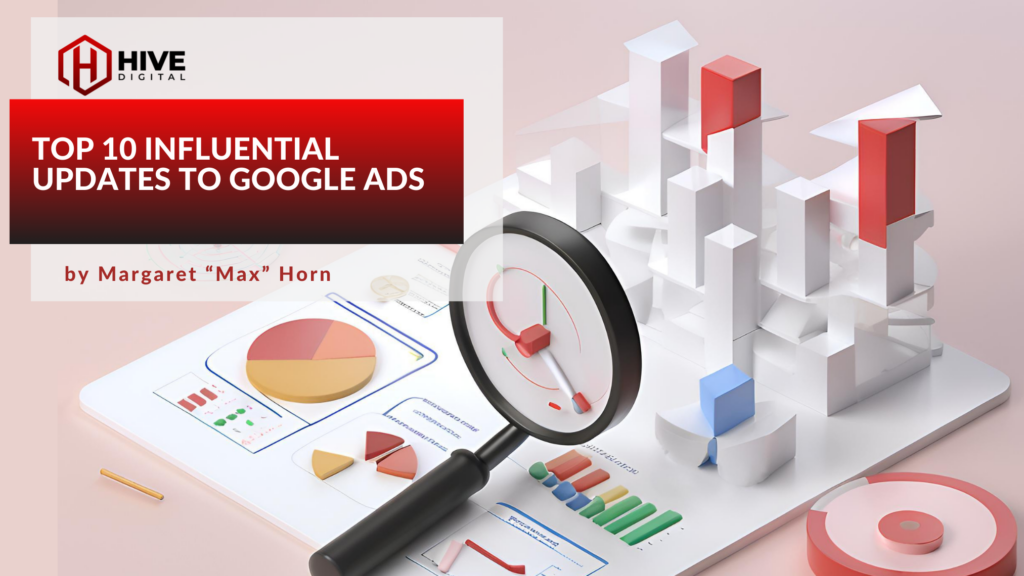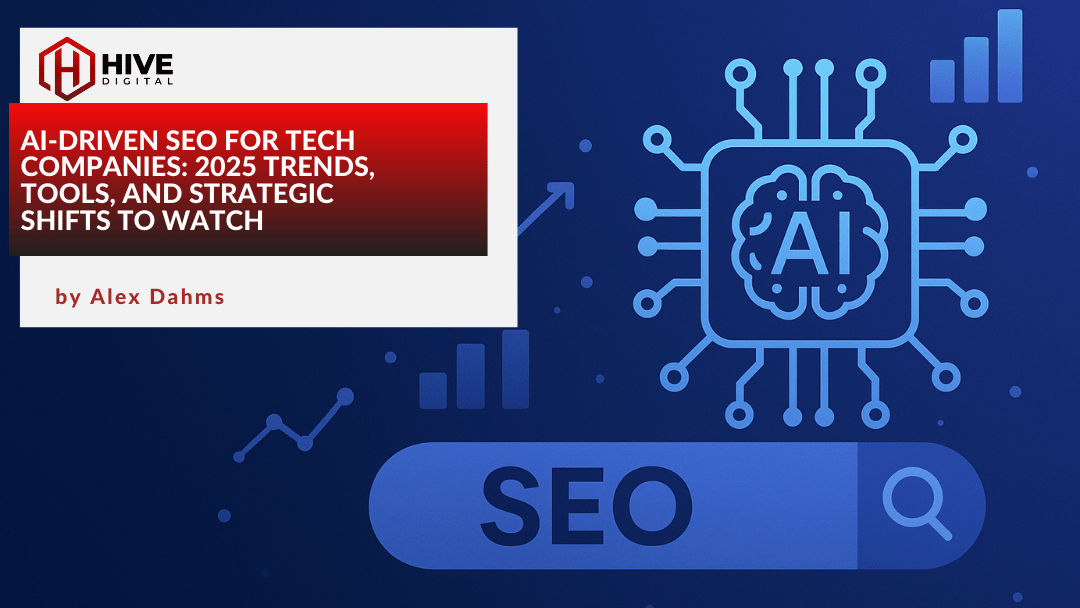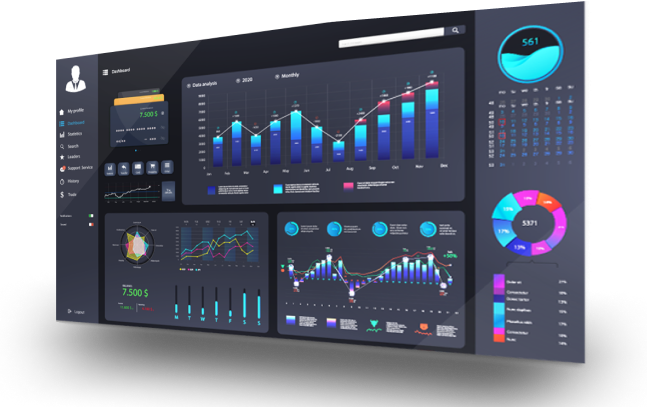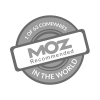Google Ads experienced a wave of updates in 2024, many of which have had a profound impact on how we manage campaigns. This year saw a noticeable increase in the frequency and complexity of these changes, requiring us to adapt quickly and learn new approaches. This article explores key updates that offer valuable opportunities for advertisers. From innovative bidding strategies to AI-powered creative tools, in no particular order, here are 10 of the most impactful updates from the past year.
1. New Customer Acquisition
This feature, without a doubt, is one of the most valuable tools introduced in 2024 and my personal top rated. It’s Google’s New Customer Acquisition Bidding Goal and it allows advertisers to prioritize and/or bid only for new customers in designated campaigns. It is a game-changer for measuring non-brand performance and super handy in new prospecting campaign designs. The campaign level setting can be turned on and off and can improve targeting accuracy and open up creative possibilities for tailored messaging (especially helpful in seasonal strategizing). By focusing on acquiring new customers, advertisers can unlock new growth opportunities and diversify their audience base.
2. User Interface
Google Ads completed the rollout of its new user interface, finalizing the transition for all markets as of August 30, 2024. This update retired the old desktop interface entirely, making way for a more streamlined and intuitive experience. The new design focused on improved navigation, faster load times, and enhanced usability, allowing advertisers to manage campaigns more efficiently. We were fortunate to get early access to the new interface before the old one phased out. There are features I miss tremendously, like having a list of campaigns on the left nav. Overall, it is an intuitive design that is easier to navigate. P.S. @Google, if you read this, can we PLEASE get a full screen view of Dashboard Reporting?
3. Creative Asset Generation
Google’s Asset Generation could be a huge timesaver for advertisers without access to professional designers. This feature leverages AI and photos to create high-quality images and videos that can be used directly in campaigns. Includes a basic suite of image editing tools, enough to conduct some A/B experiments and quantify the results.

4. Brand Lists
With ever more advertiser transparency, advertisers can build Brand Lists containing verified advertisers allowing for new bidding options opening up new possible strategies and bidding options:
-
- Performance Max Exclusion: Available for Performance Max campaigns, this feature prevents ads from showing if the competitor brands on the brand list are also showing ads. Nice tool to use to exclude your brand from the overlapping with another merchant for trademark or non-compete agreements the auction.
- Search Campaign Inclusion: For Search campaigns, advertisers can target specific keywords and show their ads ONLY if the search also matches an ad for the competitors on the brand lists. This could help new advertisers position their brand in a specific auction to establish themselves as an authority in the marketspace.
Great strategy for competitor based targeting and to help establish your brand in the auction. Both options offer a powerful way to fine-tune targeting and stay competitive in the industry.
5. Customer List
Another one of my favorites. As of October 1, 2024, Google lowered the minimum number of customers required for customer match lists from 1,000 to just 100. This update opens up advanced targeting and remarketing options that previously couldn’t meet the high match threshold. It provides an excellent opportunity for businesses of all sizes to leverage first-party data to connect with their most valuable audiences, especially after the deprecation of third-party cookies. This change likely represents Google’s improvement in defining consumer behavior with a smaller sample and advances in the speed of Artificial Intelligence customer matching.
6. Product Studio
Google Merchant Center (GMC) introduced Product Studio, a suite of free, AI-powered tools designed to enhance and create high-quality product images and videos. Incredibly, in just a few clicks, advertisers are able to:
- Remove backgrounds or replace them with customizable settings.
- Add realistic shadows and effects to products.
- Generate videos to showcase products dynamically.
This update may be a game-changer for e-commerce advertisers, especially those lacking access to professional design resources. The ease of creating polished visuals directly within GMC ensures a brand’s product ads stand out in an over-saturated competitive landscape.

7. Demand Gen Campaigns
While the new Demand Gen campaigns seem to provide more control over ad placements, I am waiting to see run-away success. It seems like a simplified version of Performance Max that provides different targeting abilities within a new, unique asset structure. The campaign uses placements across YouTube, Discovery, Display, Gmail, Search, Shopping and provides new campaign structuring, the algorithms seem slightly less efficient than the Performance Max. The opinions on its effectiveness are still out, Demand Gen campaigns could serve as a possible middle ground for advertisers seeking a more tailored reach without the mystery automation of Performance Max.
8. Gemini AI in Ads

Google’s Gemini AI can be used in chat bot form during new ad creation. It’s essentially a chat box asking for input to generate ad copy and creative ideas from around the web. In theory it could be effective, it remains essential to review and edit AI-generated content to ensure proper alignment with brand voice and campaign goals.
I prefer personalized ad copy (and more control) so I typically avoid AI generated assets however, I find great value in the tool. I use it to give me key insights into how Google is interpreting landing page and potential ad rank. If the copy is significantly off brand, it may be a sign to re-analyze landing page content or take another look at targeted keywords.
9. WhatsApp Message Extension
The introduction of the WhatsApp message extension allows users to interact directly with businesses through the popular messaging platform. Personally, I have not had the chance to determine the incremental value it brings to a client’s strategy, the concept seems to have significant potential, especially in regions where WhatsApp dominated communication. Conversion rates will depend on various factors, but advertisers may find it worth testing despite. If you have tried it and have feedback, we would love to hear from you
10. Automated Inventory and Promotions
Google’s advancements in automation have made it easier than ever to manage inventory and promotions. They now have two new automated ways to import and update key attributes and products in Google Merchant Center.
- Automated Inventory Management: Google scans websites to discover product pages and extracts structured data like titles, prices, and availability, and then submits that data directly to Merchant Center accounts. This can be a time saver or time maker depending on how you have your feed set-up.
- Promotions Data Source: Google will now crawl the website for promotions to automatically use in product feeds, potentially eliminating the need for manual creation in GMC.
Conclusion
These 10 updates represent a significant step forward in the evolution of Google Ads, offering advertisers a more powerful and efficient toolkit. By leveraging these advancements, marketers can unlock new levels of performance, improve campaign efficiency, and achieve their business goals. I encourage fellow marketers to explore these updates and share their own experiences and insights within the industry.
#icymi #travelread #ontheroad #googleads #2024 #2025 #googletrends










